
We all know the platform isn't just a cost center… It's a rocket ship. But here’s the problem. Everyone wants ROI, yet nobody is measuring it the same way, leading to chaos, fear, and poorly planned and executed platform engineering initiatives.
Buckle up. Because this is the longest read in Platform Weekly history.
The ROI reality check
Measuring platform engineering can be hard. Traditional productivity metrics like lines of code, story points, and commit counts fundamentally misrepresent the systemic improvements platforms create, and in the AI era are basically meaningless. The core problem is that platform engineering as a whole often creates indirect value through your org (which is hard to fully quantify).
This means that most platforms fail to demonstrate value. Or they are simply crippled by low adoption and a bad platform scope. If you build it, and no one uses it, your ROI remains zero.
In the last few weeks, 3 excellent articles have been published on the topic of ROI in platform engineering. I will be breaking down their lessons here.
- Measuring the ROI of platform engineering investments by Ajay Chankramath, Rahib Amin, and Vikas Bijavara
- Platform ROI showcase: How €2M+ emerged from one platform shift by Michael Wolbert
- How to measure developer productivity and platform ROI: A complete framework for platform engineers by Sam Barlien
I would recommend that you read all three of these articles to understand how top orgs are approaching measuring ROI.
The short version:
Measuring platform engineering ROI requires baselining engineering waste, quantifying time lost in pipelines, toil, and feedback loops, and translating these into financial terms. Most teams don’t measure impact, which hides massive productivity losses. The Platformetrics ROI model provides a structured way to calculate savings across flow efficiency, DevEx, and automation. Real-world cases show that even small improvements like cutting pipeline time or reload latency can generate millions in annual savings from even small investments.
And of course… 100% of high-performing platform engineering teams treat the platform as a product, and align improvements directly to business outcomes.
The long version:
We can split ROI up into multiple layers
Foundational ROI: reducing toil, improving flow, standardizing environments, and accelerating deployments.
Product ROI: reducing time-to-market and enabling faster product delivery.
Attributional ROI: benefits enabled by AI, automation, and other technologies that depend on a strong platform.
Strategic ROI: long-term competitive advantage driven by stronger platform capabilities.
DevEx ROI: improved developer satisfaction, retention, and collaboration.
To quantify ROI through these layers, the Platformetrics ROI Model, uses inputs such as team size, average salary, hours of manual toil, deployment frequency, and technical debt. It then combines these with formulas to calculate outputs like total engineering cost, annual productivity loss, AI opportunity, and the efficiency gap.
For example, if we take the case study from Michael’s article. Developers were stuck in 20-minute pipeline cycles and 20-second+ local reloads. With 200 reloads a day, the wasted time compounded massively both from just pure lost time, but also from context switching, and half-finished features.
Michael’s team treated the platform shift as an MVP, starting from a fragmented frontend setup with skeptical engineers. Using Nx they built a flexible baseline and, within 8-10 weeks, onboarded three apps with minimal effort. Organic adoption came naturally since the “golden path” made life way easier, with zero downside.
The total investment was about €200K all-in, covering migration effort and platform licensing.
50 developers onboarded =
- 200 reloads per dev per day
- Reloads sped up by 10-15 seconds
- Annual savings: €540K-€1.08M from reloads alone
- Pipeline runs cut from 20 → 8 minutes 5 times a day
- Annual savings: €900K-€1.2M from pipelines
Combined annual savings reached €1.5M-€2.5M, with a payback period of less than a month, even being humble. And this only reflected the first 50 developers.
Imagine what the ROI would be if this scenario played out with all your devs.
So, what is the lesson here? Just replicate exactly what Michael did? Well… probably not. It’s unlikely this exact use case is relevant to you. But you can replicate the process, both of how Michael approached platform improvements, and how using the Platformetrics model, you can quantify value.
You might already have things you’ve done that if you quantified them in this way help you prove the value of your efforts. If not, take this away from these pieces:
- Identify 1 specific high-value use case. Not something vague like “Dev productivity” something specific like time waiting for an ephemeral environment, responding to false positives from scanning for CVEs, etc.
- Measure a neutral starting point of how much time is spent waiting on these things.
- Translate time lost into $ using team size, average salary, and frequency of the activity.
Understand that even rough, conservative calculations are enough to prove ROI quickly and shift executive perception from “platform cost” to “platform value.”
Especially if you put them on a shiny slide with bright colours. Do that, and execs will give your platforms all the money you want.
P.S. How do you like these long ones? Reply to luca@platformweekly.org and let me know! Maybe we’ll do some more.




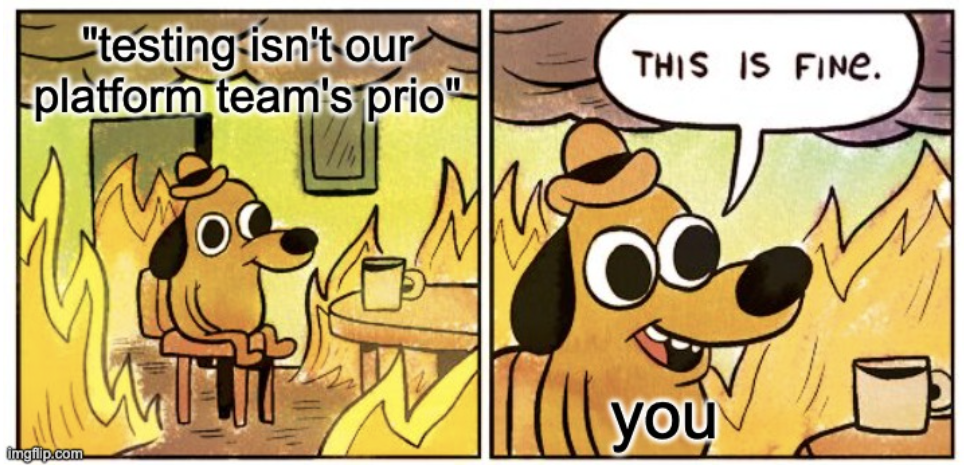
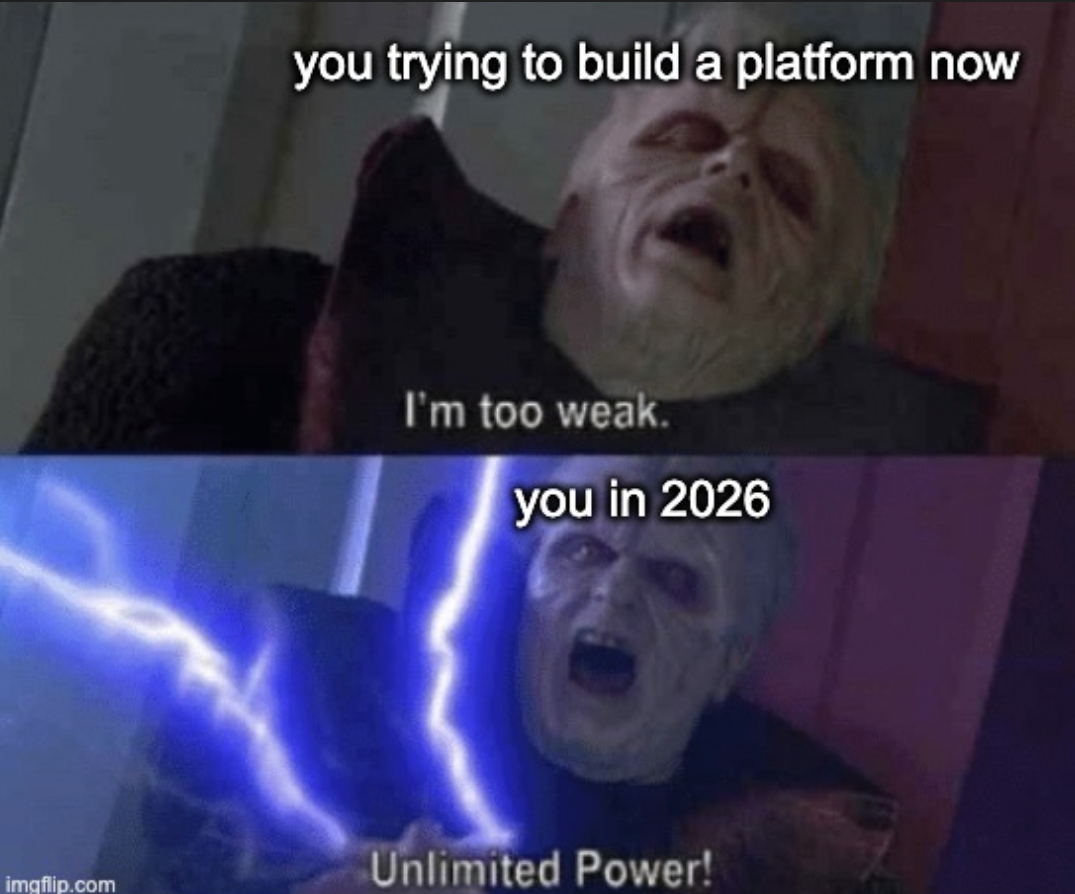






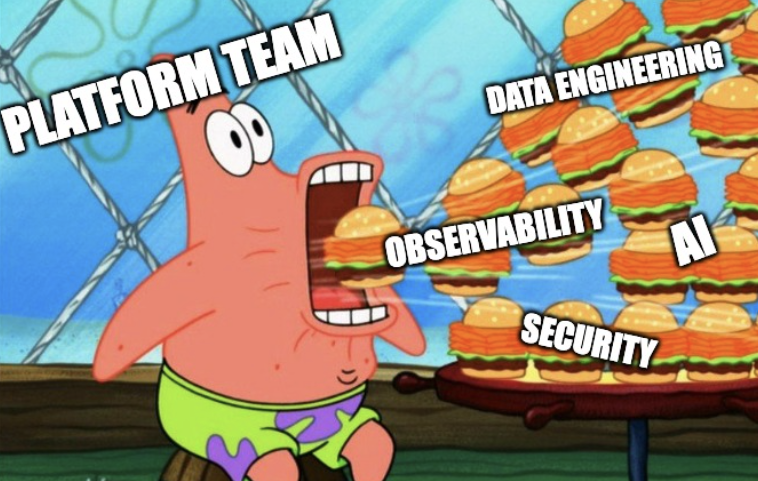




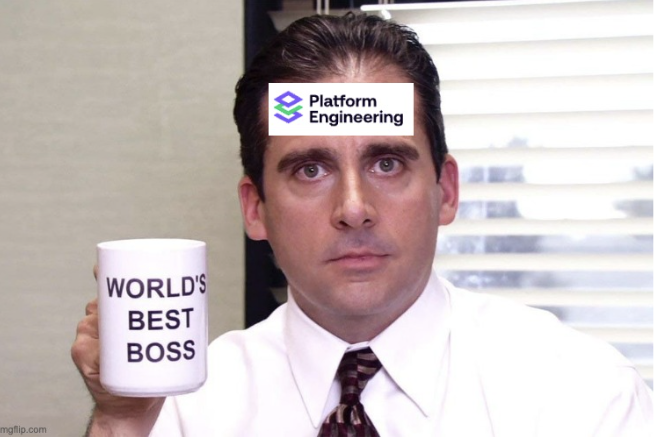
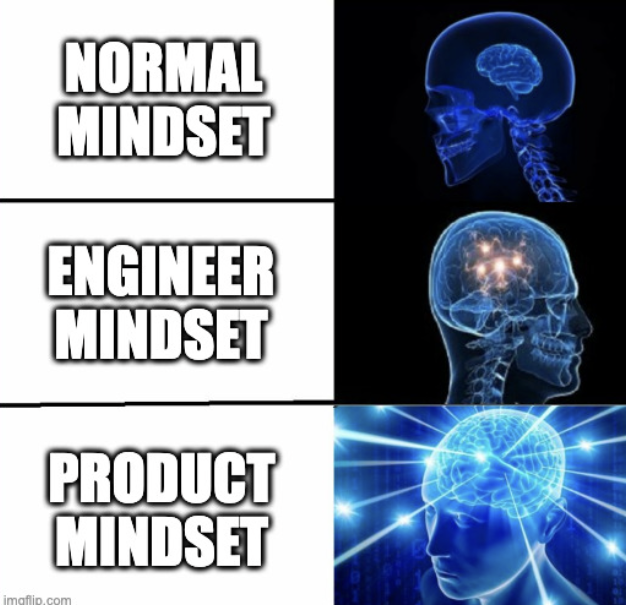





.webp)
.webp)




.webp)
.webp)


.webp)
.webp)

.webp)


-1.webp)














.jpg)
.jpg)
.jpg)
.jpg)
.png)
.jpg)
.png)
.jpg)
.jpg)
.jpg)


.jpg)
.jpg)
.jpg)
.jpg)
.jpg)
.png)
.jpg)
.jpg)
.jpg)
.jpg)
.jpg)
.jpg)
.png)
.jpg)
.jpg)
.jpg)
.jpg)
.jpg)
.jpg)















